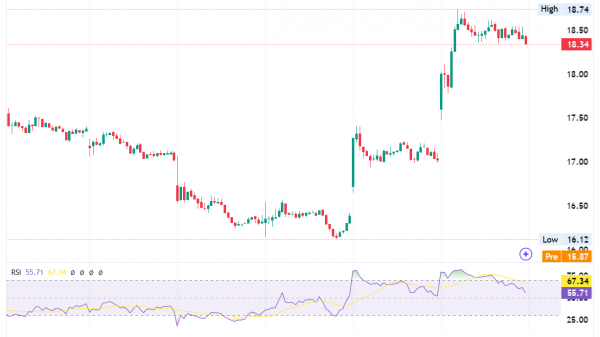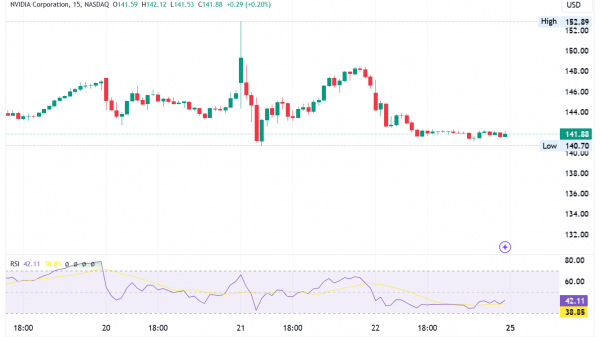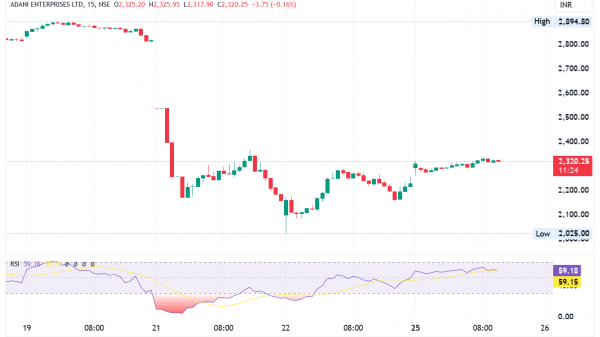How to Calculate the Contribution Margin Ratio Formula?
The contribution margin ratio is the value of a company’s sales minus its variable costs expressed as a percentage. The money left after paying for all the costs of making and selling a product or service is called profit. These costs include materials, packaging, and shipping. In this article we will see what the contribution margin ratio formula is and how this capital indicator works. Let’s start with the explanation of the contribution margin indicator.
What is the contribution margin?
This capital indicator is the money a company has to pay for its fixed costs from a specific amount of sales.
The contribution margin can refer to one product, a group of products, or the total sales volume, depending on the needs.
It provides information on the portion of turnover necessary to cover fixed costs. Here, “fixed charges” means costs applicable independently of the company’s turnover (e.g. rent, interest, depreciation, and, in part, also salary costs).
“Variable costs” are expenses that change based on the amount of goods produced, like raw materials and transportation costs.
How to calculate the contribution margin ratio formula?
How to Calculate Contribution Margin Ratio? Here are the main steps:
Calculate the Contribution Margin (Selling Price Per Unit – Variable Cost Per Unit)
Divide the Contribution Margin by the Selling Price Per Unit.
Multiply the Resulting Ratio by 100 to Convert into Percentage Form.
Contribution Margin Ratio Calculation Practical Example
To make ink pens, you need a $10,000 machine and $0.6 in materials, electricity, and labor for each pen. For 100 pens, variable costs total $60, and for 10,000 pens, $6,000. This variable cost goes up as you make more pens. The machine’s cost is fixed at $10,000, no matter how many pens you produce, and doesn’t factor into the per-unit profit calculation.
When making 10,000 pens, the total cost (fixed plus variable) is $16,000, making the cost per pen $1.6. Selling each pen at $2 leads to a $0.4 profit per pen.
However, the contribution margin, which only considers variable costs, shows a profit of $1.4 per pen, highlighting the profit excluding fixed costs like the machine.
This margin stays the same regardless of how many pens you sell, but the actual profit per pen can change based on the number of pens made because it includes fixed costs.
What is the contribution margin used for?
Used in combination with other performance indicators, contribution margin provides us with useful results.
We can determine if the company is profitable or losing money by comparing the revenue with the expenses.
The contribution margin ratio is a crucial financial metric that helps businesses determine their profitability. It provides valuable insights into a company’s financial health.
A high contribution margin ratio indicates that a company’s revenue can cover fixed costs and generate profit.
A low contribution margin ratio means more money is spent on variable costs, leaving less to cover fixed expenses.
A high contribution margin ratio means that a company’s revenue can cover fixed costs and make a profit.
Fixed Cost vs. Margin Revenue Variable Cost
Fixed costs, like machinery purchases, remain constant regardless of production volume, while variable costs vary with production. In decision-making and profitability analysis, one typically excludes fixed costs, often considered as sunk costs.
Contribution Margin vs. Gross Profit Margin
Unlike gross profit margin, which includes all costs of sales, contribution margin focuses solely on variable costs. It shows the revenue surplus generated after reaching the break-even point, highlighting the financial contribution of each additional sale.
Contribution Margin vs Profit Margin
While profit margin refers to the revenue left after direct production costs, contribution margin assesses individual product profitability.
What Is a Good Contribution Margin?
The best contribution margin is 100%, so the closer the contribution margin is to 100%, the better. The higher the number, the better a company is at covering its overhead costs with money on hand.
In Conclusion
This ratio plays a crucial role in strategic financial planning, as it helps in understanding the relationship between a company’s margin ratio revenue and its variable costs.
A higher contribution margin ratio cm CM Ratio is generally desirable, indicating that a larger portion of each sales dollar is available to cover fixed costs and contribute to profits.
The Contribution Margin ratio offers a vital snapshot of a company’s operational efficiency, showing how effectively it turns sales into profits, considering the variable cost per unit.
Contribution margin is a critical financial metric for understanding the profitability of each product sold. It is essential for making informed business decisions and should be considered alongside other financial metrics.
FAQ
What is the CMR ratio?
The CMR ratio shows how much of each dollar from sales goes towards paying fixed costs and making profit.
Can contribution margin be over 100?
The highest contribution margin ratio is 100 percent, but markups can be 200 percent, 500 percent, or 10,000 percent, depending on the price and the total cost of the offer.
How do you calculate the contribution margin ratio?
To calculate the contribution margin ratio (CMR), you divide the contribution margin by the sales revenue. The formula looks like this: CMR = Contribution Margin / Sales Revenue.
What is the formula for contribution sales ratio?
The formula for the contribution sales ratio is essentially the same as for the CMR, which is: Contribution Margin / Sales Revenue.
What is the company’s contribution margin (CM) ratio?
A company’s contribution margin (CM) ratio indicates the proportion of sales revenue that remains after variable costs are subtracted, showing how much of the sales revenue is available to cover fixed costs and contribute to profit.
The post How to Calculate the Contribution Margin Ratio Formula? appeared first on FinanceBrokerage.


































